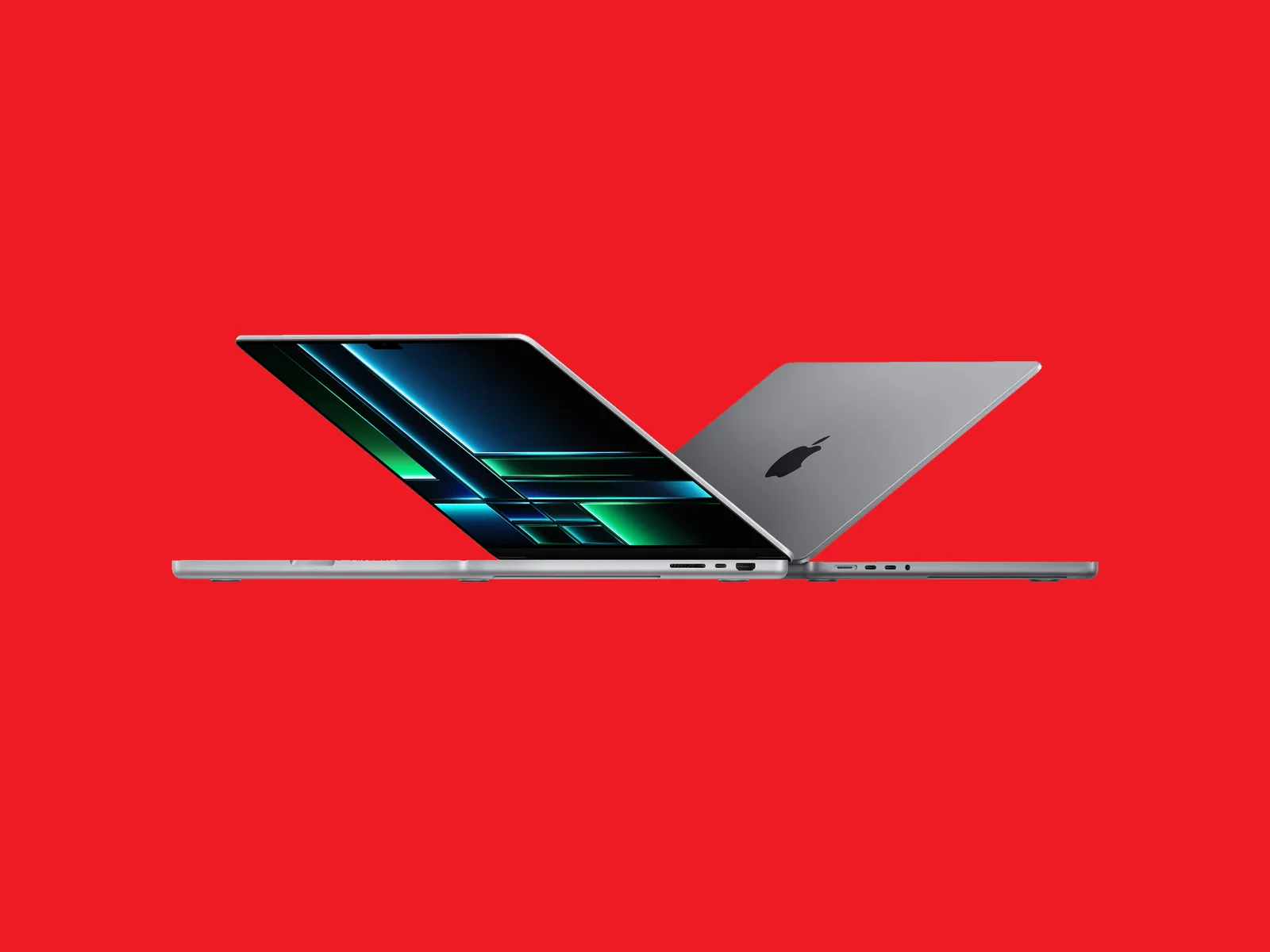Finding the perfect laptop size balances comfort, portability, and productivity. Whether you’re a student, professional, or casual user, the size of your laptop can significantly impact your experience. In this article, we’ll guide you through the factors to consider when choosing the right laptop size for your needs.
Table of Contents
Understanding Laptop Sizes
Laptops come in various sizes, typically measured by the screen’s diagonal length. Common sizes include 11-12 inches, 13-14 inches, 15-16 inches, and 17 inches or more. Each size category has its strengths and drawbacks, depending on what you prioritize.
11-12 Inches: Ultra-Portable and Lightweight
Laptops in the 11-12 inch range are the epitome of portability. These compact devices are perfect for users who are always on the go and need something that won’t weigh them down. They’re easy to carry, fit into small bags, and are great for travel.
However, the trade-off is screen size and performance. Smaller screens can be a strain on the eyes during extended use, and these laptops often come with less powerful hardware, making them less suitable for demanding tasks like video editing or gaming.
Ideal For: Travelers, students, and minimalists who prioritize portability over power.
13-14 Inches: The Perfect Balance
The 13-14 inch laptops are often considered the sweet spot for most users. They strike a balance between portability and functionality. These laptops are still relatively light and easy to carry, but they offer a larger screen and more powerful hardware compared to their smaller counterparts.
This size range is versatile, making it suitable for a wide variety of tasks, from browsing and word processing to more intensive activities like photo editing.
Ideal For: Professionals, students, and anyone looking for a balanced laptop that’s easy to carry but still powerful enough for most tasks.
15-16 Inches: Enhanced Productivity
Laptops in the 15-16 inch range are designed with productivity in mind. The larger screen size is ideal for multitasking, watching videos, and working with multiple windows open. This size also allows for more powerful components, such as dedicated graphics cards and faster processors, which are necessary for demanding applications.
However, the larger size does impact portability. These laptops are heavier and bulkier, making them less convenient for frequent travelers.
Ideal For: Professionals who need a powerful machine for work, gamers, and content creators who benefit from a larger display and more powerful hardware.
17 Inches and Up Desktop Replacement
If you’re looking for a laptop that can replace a desktop, a 17-inch or larger laptop might be the right choice. These machines are built for power and performance, with large screens that are perfect for gaming, video editing, and design work. They often come with top-tier hardware, making them capable of handling the most demanding tasks.
The downside is that these laptops are heavy, making them impractical for carrying around frequently. They’re best suited for users who need the performance of a desktop with the flexibility of a laptop.
Ideal For: Gamers, designers, and professionals who need a powerful laptop for intensive tasks and don’t mind sacrificing portability.
Factors to Consider When Choosing a Laptop Size
When deciding on the right laptop size for you, consider the following factors:
1. Portability Needs
Think about how often you’ll need to carry your laptop around. If you’re a frequent traveler or student who moves between classes, a smaller, more portable laptop might be ideal. On the other hand, if your laptop will mostly stay on a desk, a larger screen size can improve your productivity.
2. Usage
Consider what you’ll be using the laptop for. If you need a machine for basic tasks like browsing the web and writing, a smaller, less powerful laptop will suffice. However, if you’re into gaming, video editing, or other resource-intensive activities, a larger, more powerful laptop is a better choice. If you’re having issues with your laptop battery, you can check out this helpful guide on Zappedia to troubleshoot common problems.
3. Budget
Larger laptops with more powerful components tend to be more expensive. Determine your budget and see what size and specifications you can get within that range. Remember that a higher price often comes with better performance and features, but it’s important to balance your needs with what you can afford.
4. Ergonomics
The size of the laptop can also affect your comfort during use. Smaller laptops might require you to hunch over more, leading to neck or back strain. Larger laptops with higher resolutions can reduce eye strain, especially if you spend long hours in front of the screen.
Conclusion
Choosing the right laptop size is about finding the perfect balance between portability, performance, and comfort. Whether you need a lightweight device for on-the-go use or a powerful machine for intensive tasks, a laptop size fits your needs. Always consider how you plan to use your laptop and what features are most important to you before making a decision.
